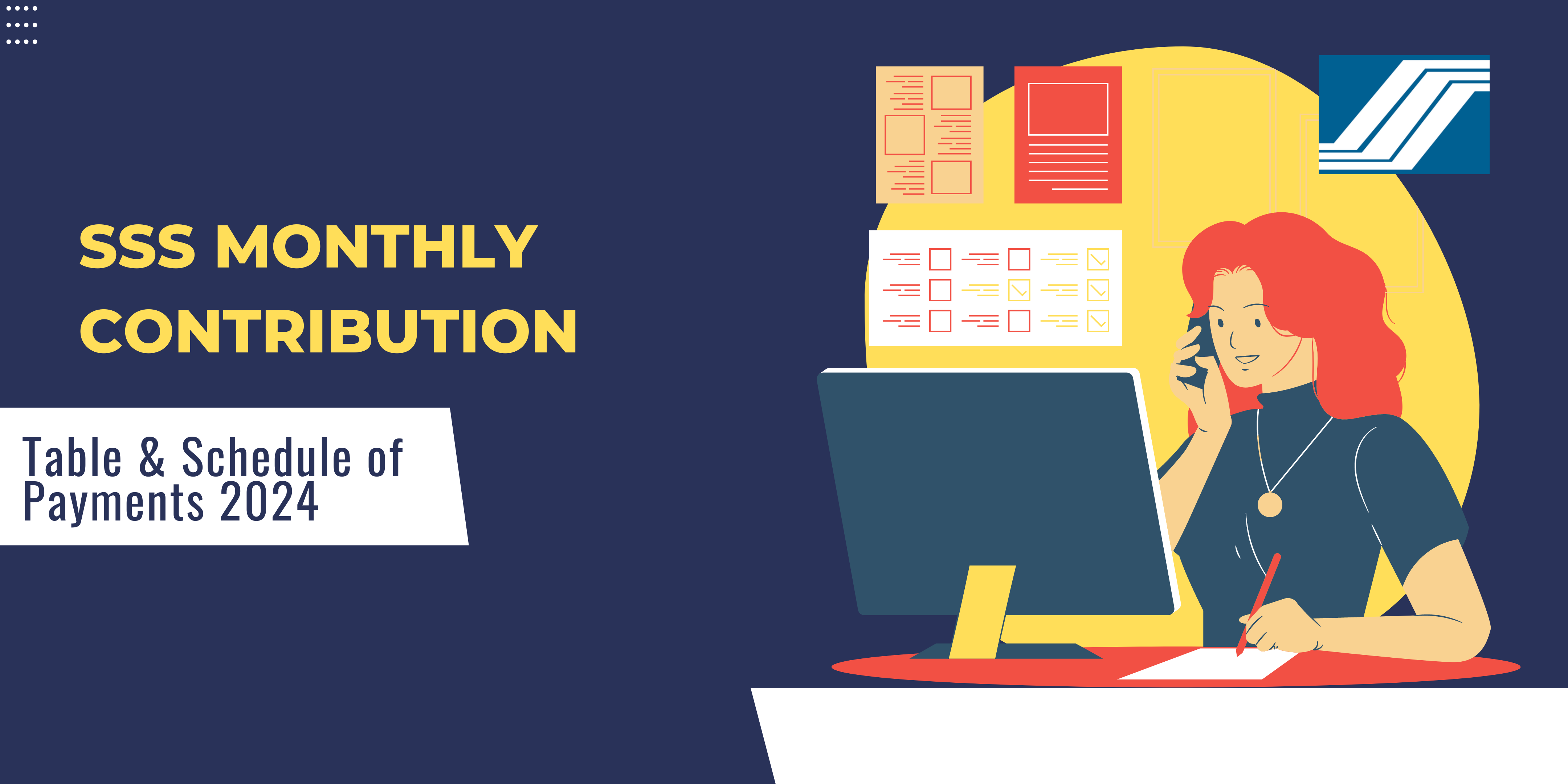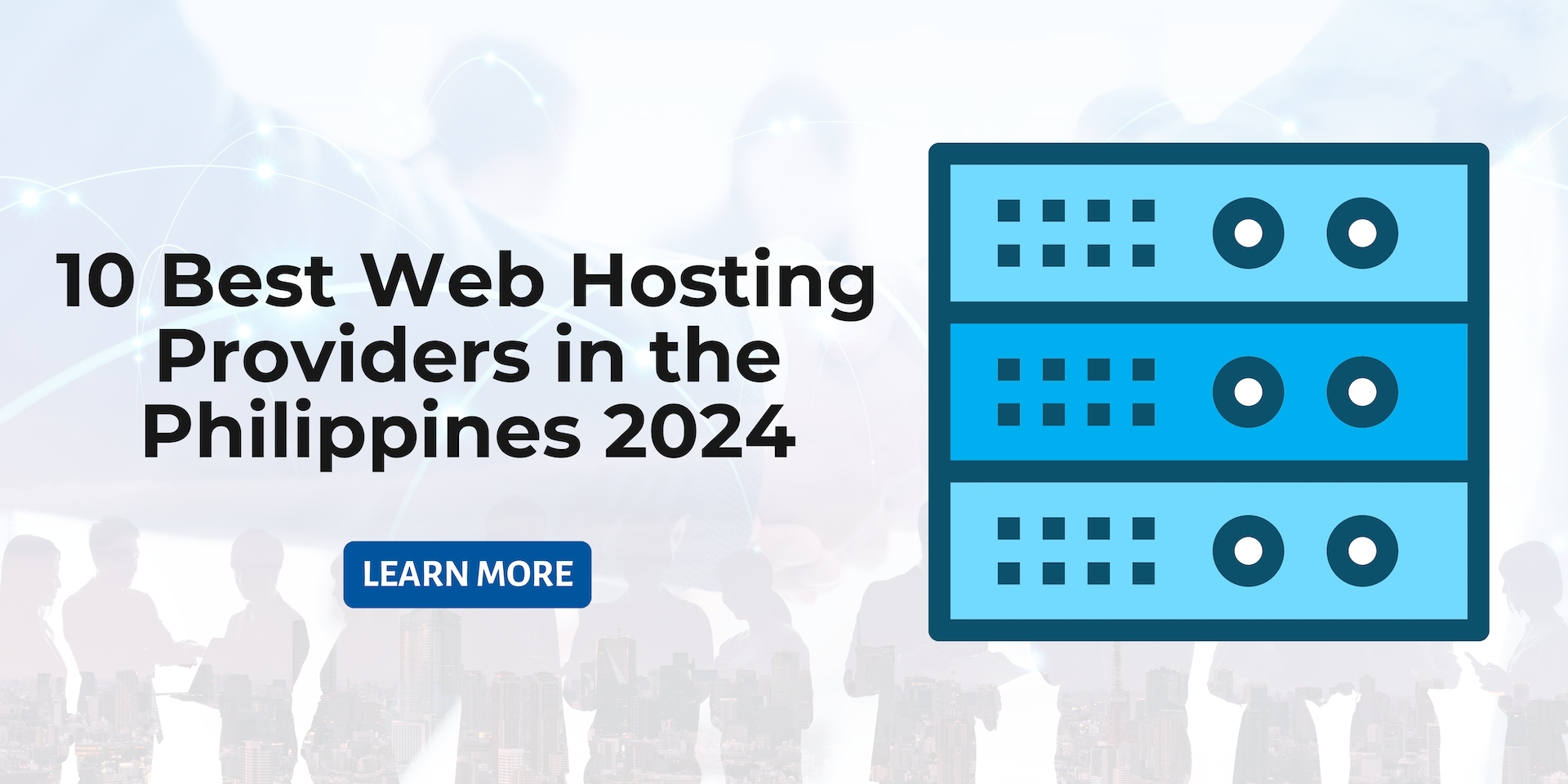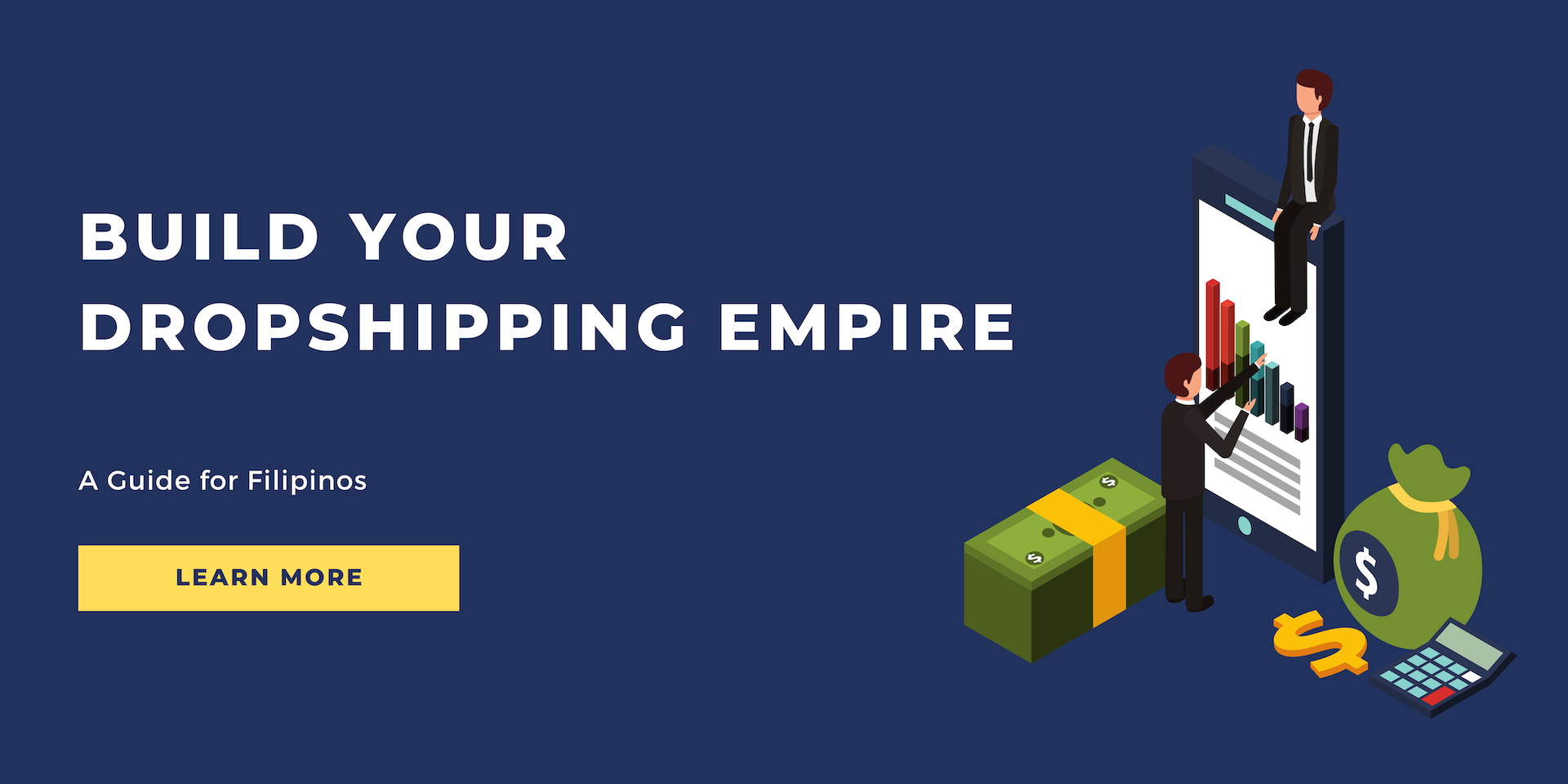Featured Blog Posts
February 27, 2020
13 min Read
How a Slow Website Can Affect Your Earnings?
You crawled the web for hours to find the product you want to purchase. But when you finally reach the e-commerce store selling it, the website of the business takes ages to load... It's frustrating, huh? Now imagine what your visitors are going through when you have a slow website. At some point, they will become impatient, leave your site, and look for a speedy alternative. People hate to wait, no matter they are in a long line waiting to shop groceries or in the middle of a traffic jam while heading to the workplace. As the speed of our lives has increased exponentially in the past few years, we can't afford to be late from anywhere. And it makes perfect sense to be impatient since our time is so valuable these days. Because of the same reason, we don't like to wait for hours for a website to load... Like with cars, people will refuse to use a slow site. Therefore, your website speed has a significant effect on the success of your business. And your site is among the most valuable assets as it presents your organization to visitors. That's right. A website that takes tens of seconds to load would paint a negative picture of your organization. The average recommended website load time is no more than three seconds. If you fail to reach that performance, your business will suffer the consequences since website speed has a significant effect on your bottom line. On the other hand, if you have a speedy site that offers your visitors excellent user experience, you'll be likely to experience enhanced sales and conversions. According to a study by the Aberdeen Group, only one second of delay in website load time results in 7% fewer conversions, 11% loss in page views, as well as a 16% decrease in customer satisfaction. The same research revealed that increasing the website speed by 60% of Obama's presidential fundraising site during the 2011 election campaign resulted in a $34 million increase in donations as well as a 14% boost in donation conversions. So, if you have a slow website or you want to (further) increase your site's performance, bear with us as we'll discuss a few handy methods you can use to get your site up to speed. In this article, we'll also explore all the negative consequences a slow website has on the earnings of your business while showing what you can do to avoid any losses related to page speed issues.
Above, you can find a table that proves our last point. The example shows that even though the low-traffic website has 10% the visitors of its larger competitor, its enhanced conversion rates allow the business to realize double the monthly revenue than its competitor. Nowadays, marketing alone won't boost your conversion rates. Increasing the score of the metric requires extra legwork, which includes optimizing the user experience of your site. Therefore, improving your page speed and your site's responsiveness will result in better conversion rates (think of how Obama increased donation conversions by 14% via a three-second page load time decrease). On the other hand, if you fail to achieve a decent page speed, your visitors will be unimpressed, leaving you with increased bounce rates and bad conversion rates – and, eventually, a worse ROI than your competitors'.
Why Website Speed Matters
You don't think website speed is crucial for your business? Here's a quick fact to convince you. Researchers have revealed that one in four people will leave a website if it takes longer than four seconds to load. This stat is even worse for mobile users. According to the study, 74% of users will leave a mobile site after waiting five seconds (!) for it to load. This means you have five seconds to engage a visitor before he or she leaves your website. But before deep-diving into the topic, let's visit the basics very briefly, starting with the definition of page speed.What Is Page Speed?
Page speed refers to the time it takes for webpages or online media content to get downloaded from the web hosting servers and displayed on a visitor's web browser. It's also essential to mention page load time, which indicates the duration between a visitor clicking a link and the server displaying the webpage's full content on his browser. To understand page speed, we've to take into account three major factors:- The browser's response to the user's page load requests
- The time it takes for the server to deliver the content requested by the user as well as the accompanying HTML to the browser
- User view during the rendering of the webpage he requested on the browser
Even a Blink of an Eye Is Too Long for Internet Users
Modern technology is advancing at an exponential rate. But with tech development, user demands are also increasing substantially. According to Google researchers, anything over 0.4 seconds (the blink of an eye) is too long for users to wait, causing them to search less. Google estimates the consequences of this 400-millisecond delay to be a loss of 8 million searches per day for the company's search engine. Shocking, huh? Amazon also did its website speed calculations. According to the e-commerce giant, a page speed delay of one second would cost the company $1.6 billion of loss in sales per annum. Furthermore, Microsoft speed specialist Harry Shum revealed that even a delay of 0.25 seconds compared to a close competitor will result in loss of traffic for your website.How Does Website Performance Impact Business Success?
In this section, we'll cover the major consequences of running a sluggish site with a focus on how they impact your business.Your Sales Will Fall
Nowadays, when (near) continuous internet access is the standard for humans, it comes as no surprise that the speed of your website directly impacts the sales of your business. People hate to wait, and too much waiting will drive away your customers. And believe us, you want to avoid that at all costs. According to a study, 40% of visitors will abandon your website if it takes over three seconds to load. And losing almost half of your prospects can significantly reduce your revenue. On the other hand, optimizing website performance will get better results for your business. As a result of Mozilla boosting its page speed by 2.2 seconds a few years ago, the number of Firefox downloads surged by 10 million (15.4%) per year. Walmart even managed to boost its conversion rate by 2% for every second of improved page load time. But how much of your revenue is at stake? While we can’t say anything exactly, Google created a handy tool where you can test the page speed of your website and predict the revenue you can gain by increasing website performance. If you are curious, feel free to test out the tool for yourself and see how your figures increase by improving your website performance.Your Conversion Rates Will Suffer
Conversion rate is among the most important Key Performance Indicators (KPIs) of your business. It's no wonder since this metric displays the percentage of visitors that completed the desired goal (conversion), compared to your total visitors. When you are running an e-commerce store, the better your conversion rates are, the more likely your website visits will result in sales. Therefore, a website with limited traffic but decent conversion rates could score a better ROI than a bigger site that has a poor conversion rate.| High-traffic website | Low-traffic website | |
|---|---|---|
| Traffic | 100,000 unique visitors/month | 10,000 unique visitors/month |
| Conversion rate | 0.1% | 2% |
| Goal of conversion | Ecommerce sale | Ecommerce sale |
| Average Order Value (AOV) | $100 | $100 |
| Visitors converted per month | 100 | 200 |
| Monthly revenue | $10,000 | $20,000 |
Website Speed Impacts User Engagement
The more engaged your users are, the more successful your product will become, and the more profits you'll make. And website speed directly impacts user engagement. Let us illustrate this with an example. Facebook, the world's leading social media network and third-largest website, is considered as anything but an unsuccessful project. Since its birth, the social media platform's user base has grown exponentially, with billions of people actively using Facebook every day. Facebook has apps on all major platforms and features a relatively fast website. What do you think, could the company achieve this much growth if it took an average of 15 seconds for its pages to load? Of course not. Many users would leave the platform if Facebook's page load time increased by only two seconds (which is much less than what we've mentioned above). Like with other websites where page load times exceed human limitations, users would think Facebook ignores them, giving a false impression that the social media giant is unable to satisfy their demands.The Slower Your Website, the More You Have to Spend on Maintenance
Optimizing the performance of your website might require some investment from your end, but it's worth it. In addition to increased revenue, decreased page load times might even cut down the operational costs of your business. About 11 years ago, the e-commerce company Shopzilla managed to do it, optimizing page load times from seven to two seconds. As a result of the website revamp, Shopzilla was able to reduce its operational costs by 50% – which the company would otherwise spend on hardware resources. In addition to cutting the OpEx costs, the speed upgrade boosted page views by 25%, while increasing business revenue by a figure between 7% and 12%. On the other hand, if your website is sluggish – in addition to the hardware maintenance fees –, the sum you spend on PPC advertising will increase due to the sub-par conversion rates of your business (as you'll need to pay more clicks before you score a sale with your ads).A Slow Website Is Anything But User-Friendly...
Do you have the patience to regularly use a website where pages take 30 seconds to load on average? We don't, and the largest part of users will leave such a site and never return. Simply put, a slow website is anything but user-friendly. Such sites make it painful to interact with their content, turning away even the most loyal customers who will instead search for a speedier alternative. For visitors to consider a website user-friendly, it has to possess the following qualities:- Available for the visitor who can access, use, navigate, and understand its content easily
- Simple, consistent, and helpful. Your website helps visitors reach their goals as quickly as possible
- Intuitive and easy to learn
- Created by a credible business that features high-quality and legitimate content on its website
- Displays relevant content to the user
You Won't Be Friends With Google
Google has been using page speed as a ranking factor for search results on desktop for a while. However, since 2018, the company has also been taking into account the same metric when determining search rankings on mobile. Therefore, the slower your website, the bigger the chance that Google will penalize you by moving your site down the search results. And, as you may know, the lower the rank you get in Google Search, the less traffic your website will receive. Furthermore, Google will also give you a worse Quality Score in Google Ads – the tech giant's PPC network, formerly known as Adwords – due to your landing page performance issues. As a result of the lower score, you'll pay more for your bids.How to Optimize Website Performance
Now that you know the consequences of running a slow website let's see what you can do to fix your site's speed issues. Below you'll find a brief yet meaty guide that will take you through the exact steps needed to boost the performance of your website.Step 1: Test the Performance of Your Website
Before you can optimize your website, you need to test how it performs. We recommend using one of the following tools to check website speed: In addition to generating a score for your website, these tools also provide you with valuable insight into the underlying problems of your site that have been hindering its speed. For our example, we'll use Google Page Speed Insights. Click the following link to navigate to the tool's official website and type your domain URL into the search bar to assess your site's speed. As you can see in the image above, the tool displayed a score for Lazada's (the store we used in our latest example) mobile website. If you want to check how your site performs on desktop devices, click "Desktop" in the top left corner. If you scroll down on the page, you'll find the handy tips from Google under the "Opportunities" and "Diagnostics" tabs that you can use to eliminate the speed bottlenecks of your website.Step 2: Fix Website Speed Issues
After you've collected the tips and tricks from page speed test tools, you need to get started on fixing the performance bottlenecks of your website. We recommend you to start with the easier tasks and proceed with more complex ones later. Please note that some fixes require extensive technical knowledge. If you don't possess that understanding, it's better to hire an expert to do the job (than messing up your site). But, if you've decided to fix your website performance issues on your own (or at least some), we've created a list with the most common speed bottlenecks:- Failing to optimize images: Larger files take longer to download than smaller files. Therefore, the size of your data affects your page speed, with high-quality bulky images presenting one of the biggest issues for your site. When you have the chance, we recommend compressing your images to find the perfect balance between size and quality.
- Data-heavy code: Many websites heavily use CSS and JavaScript to ensure an enriched user experience to visitors. However, when developers fail to optimize their code, their intentions could easily backfire. As a result, the site can slow down due to the inefficient, data-heavy CSS and JavaScript codes.
- You keep too many unnecessary extras on your website: Using a CMS like Wordpress requires website admins to install and run multiple plugins and widgets. While these extras provide additional features to your site, they also bottleneck its speed. Consider keeping only the important ones while ruthlessly eliminating the others. Do the same with ads and external services as they can also increase page load times.
- Crowded databases: You need a fast database where your website can regularly pull dynamic content from. However, databases can get quickly crowded with tons of unnecessary content (such as trashed items and unapproved comments). Therefore, optimize your database regularly to remove such content and avoid issues like decreased page speed and broken links.
- You don't compress your files: The future of the web is clearly the intensive use of content compression. However – despite the fact that most browsers have content compression capabilities –, most websites on the internet fail to use this method to deliver a speedier user-experience to their visitors.
- You are utilizing a mediocre web hosting service provider: In some cases, those web hosting solutions are to blame for website performance issues who provide mediocre services for their users. While these hosting services are relatively cheap, they often bundle too many users together, which can result in significant speed issues. If you have the budget, we highly recommend investing in a quality web hosting solution. While it has higher costs, the return will be worth it as your website will operate efficiently; thus, visitors will stop leaving your site after your page speed issues are fixed.
Website Speed Should Matter to Your Business
As website speed has a significant impact on your earnings (especially if you are running a 100% online business), you should never neglect to fix the performance issues of a slow site. Instead, you should regularly test website performance and compare your results to your competitors' to get an insight into how you rank among them as well as find out the underlying page speed issues of your site. During optimization, your goal should be to maximize the performance of your website without reducing the quality of its content too much (there's no point in having the fastest picture-sharing platform on the globe when all images on the site are pixelated). When you find that perfect balance between speed and quality, you'll have a high chance of attracting an increased number of visitors to your website, boosting your earnings and conversions, as well as succeeding as a business.PROMO
FREE Web Hosting
for Your Website
Learn More



